Introduction
Water pollution has become a significant concern because it adversely affects plants, humans, and animals. River pollution is caused by a wide variety of factors, but combined sewerage overflows (CSOs) are the main source of contamination in New York City Rivers (Wang 1373). Combined sewer systems are used to transport stormwater, domestic sewage, and industrial wastewater to treatment plants (Wang 1373). During heavy rainfalls, wastewater treatment companies might discharge excess untreated effluents into rivers, leading to pollution (Wang 1373). Therefore, it is imperative to evaluate the effects of CSOs on river water quality.
Objective
The aim of the analysis was to assess the effects of CSOs on water quality and the environment for different sites along the Harlem River.
Results
Data
The water quality parameters (Enterococcus, Temperature, Salinity, Chlorophyll, Turbidity, Oxygen) in Harlem River Willis Ave Bridge and Harlem River Washington Bridge sites were compared during the analysis. Data was collected from and recorded in Tables 1 and 2 for Harlem River Willis Ave Bridge and Harlem River Washington Bridge sites, respectively.
Table 1. Water quality parameters for Harlem River Willis Ave Bridge.
Table 2. Water quality parameters for Harlem River Washington Bridge.
Graphs
The data was then plotted into Enterococcus Count vs. Date, Temp vs. Date, Salinity vs. Date, Chlorophyll vs. Date, Turbidity vs. Date Oxygen vs. Date, for the two datasets, and a comparison between the sites made. Therefore, 12 graphs were developed at the end of the analysis.
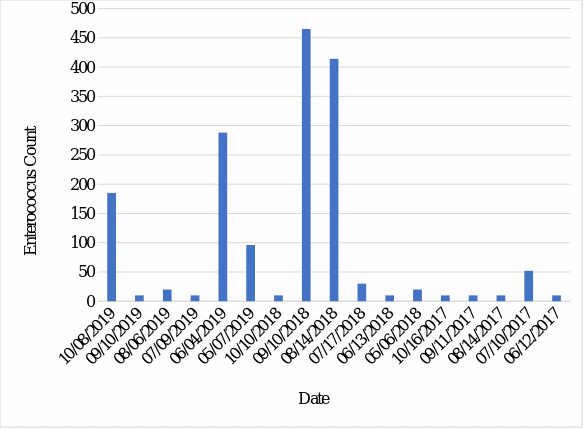
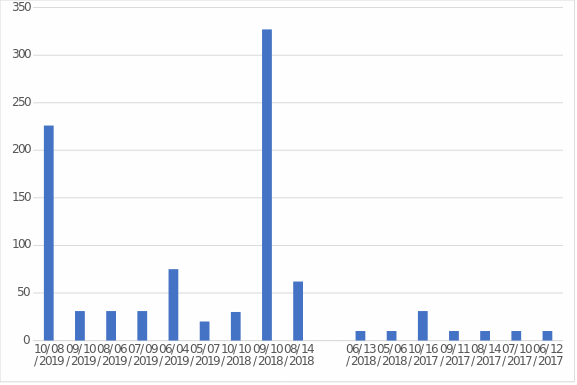
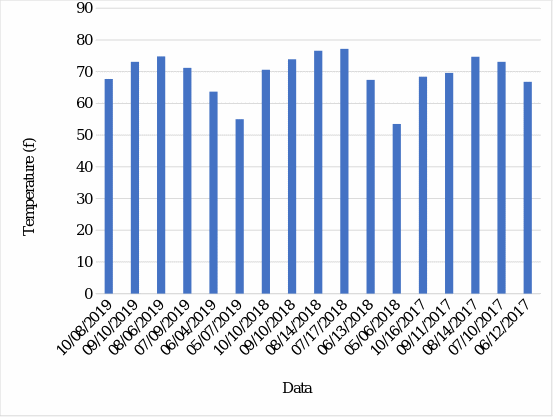
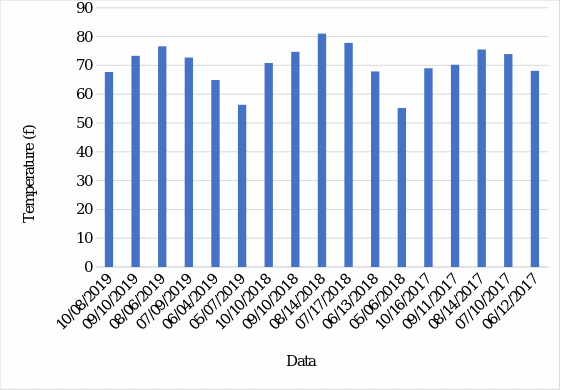
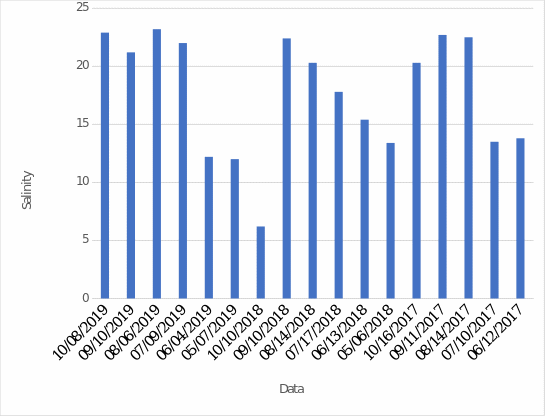
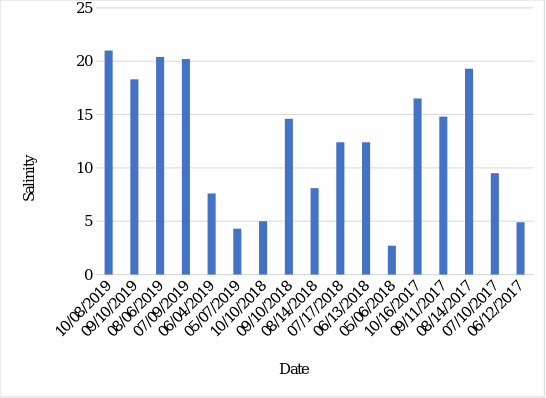
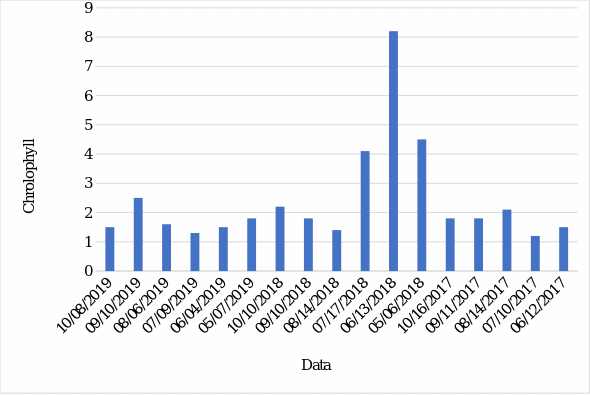
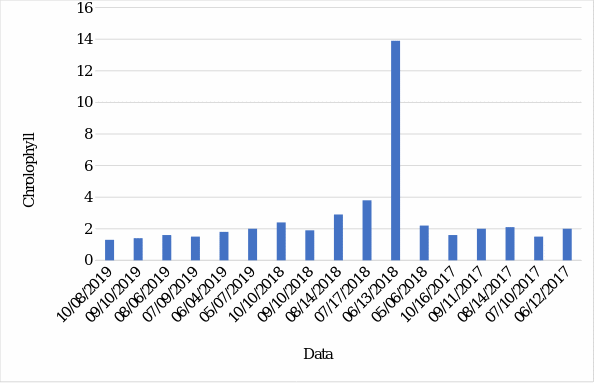
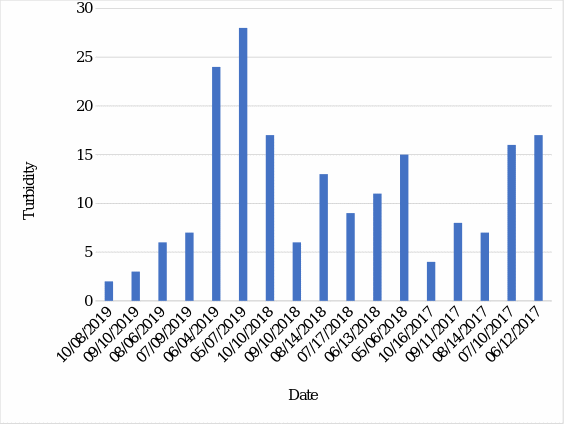
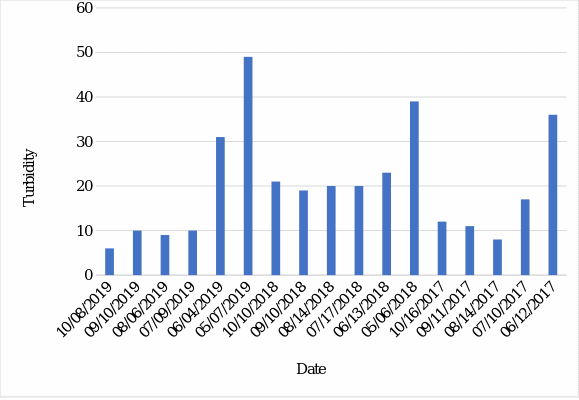
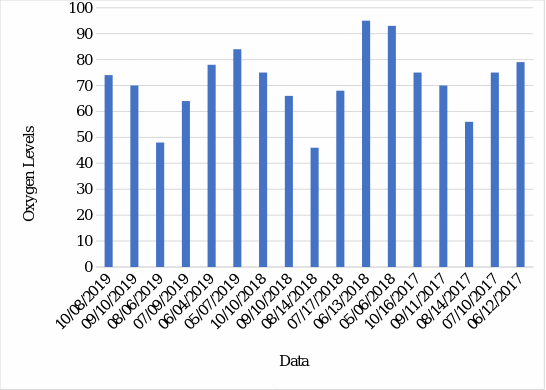
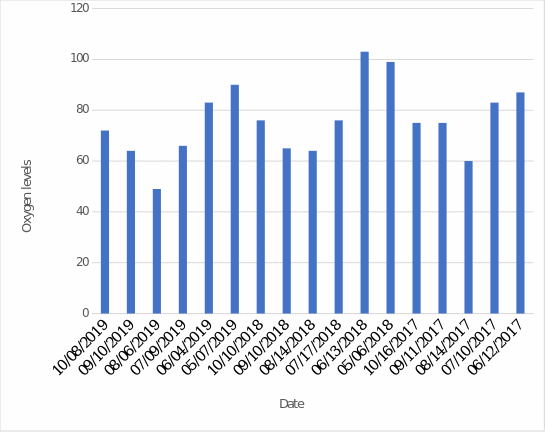
Comparison
The datasets from the two sites (Harlem River Willis Ave Bridge and Harlem River Washington Bridge) were compared to determine the quality of water and impact of CSOs in these two sites from 06/12/2017 to 10/08/2019. It was found that the Enterococcus count for the two sites keeps varying, probably due to the rainy seasons or the introduction of wastewater. Notable loads were noted for Harlem River Willis Ave Bridge on 10/08/2019, 06/04/2019, 09/10/2018, and 08/14/2018. For Harlem River Washington Bridge, significant quantities were recorded on 10/08/2019 and 09/10/2018, and on 07/17/2018, the highest value >24196 was noted. For both cases, the quantities of Enterococcus are acceptable, but in some instances, the levels are too high, necessitating beach advisory. Harlem River Willis Ave Bridge is more affected than Harlem River Washington Bridge. Enterococcus count is the indicator of sewage contamination. The values indicate the rivers are contaminated, and the quantities reach unacceptable levels, probably during rainy seasons, which might be caused by CSOs.
The water temperature for the two sites varied for the time considered. The highest values were recorded were 77.2 0F for Harlem River Willis Ave Bridge on 07/17/201 and 810F for the Harlem River Washington Bridge on 08/14/2018. The temperature changes might be attributed to weather but not to the impact of CSOs.
The salinity levels increase and decrease across the selected time frame, following a similar trend for the two sites. The Harlem River Willis Ave Bridge has higher salinity values than the Harlem River Washington Bridge. Higher levels of salinity might have adverse impacts on the health of aquatic organisms, plants, animals, and humans.
The chlorophyll levels remain below a value of 2 for most of the months. The highest values were recorded on 06/13/2018 for both sites. The concentration of chlorophyll is associated with algae living in the water and indicates high levels of nutrients such as nitrogen and phosphorous that might be introduced rainwater flowing from agricultural fields.
Turbidity changes across the selected time for the two sites. The highest value was recorded on 05/07/2019, with the Harlem River Washington Bridge having greater quantities. It is a measure of the amount of particles in a water sample, and it impacts the aquatic organisms by preventing the amount of sunlight.
The changes in oxygen level trend follow the same pattern for the two sites, but Harlem River Washington Bridge has higher values than the Harlem River Willis Ave Bridge site. The oxygen level indicates the biological activities, and it should be almost in equilibrium with atmospheric levels.
Conclusion
Combined sewer overflows are known to contain water sources. In this context, the water quality for Harlem River Willis Ave Bridge and Harlem River Washington Bridge sites were compared. The water quality parameters considered were temperature, eenterococcus, salinity, turbidity, chlorophyll, and oxygen. It was found that the values of the parameters vary with time. Hence, it can be concluded that the changes are caused by rainy seasons. Substantial qualities of Enterococcus were observed, and in some instances at unacceptable levels. Overall, CSOs affect the water quality at the selected sites (Harlem River Willis Ave Bridge and Harlem River Washington Bridge).
Work Cited
Wang, Jingyu. “Combined Sewer Overflows (CSOs) Impact on Water Quality and Environmental Ecosystem in the Harlem River.” Journal of Environmental Protection, vol.5, no.13, 2014, pp.1373-1389.